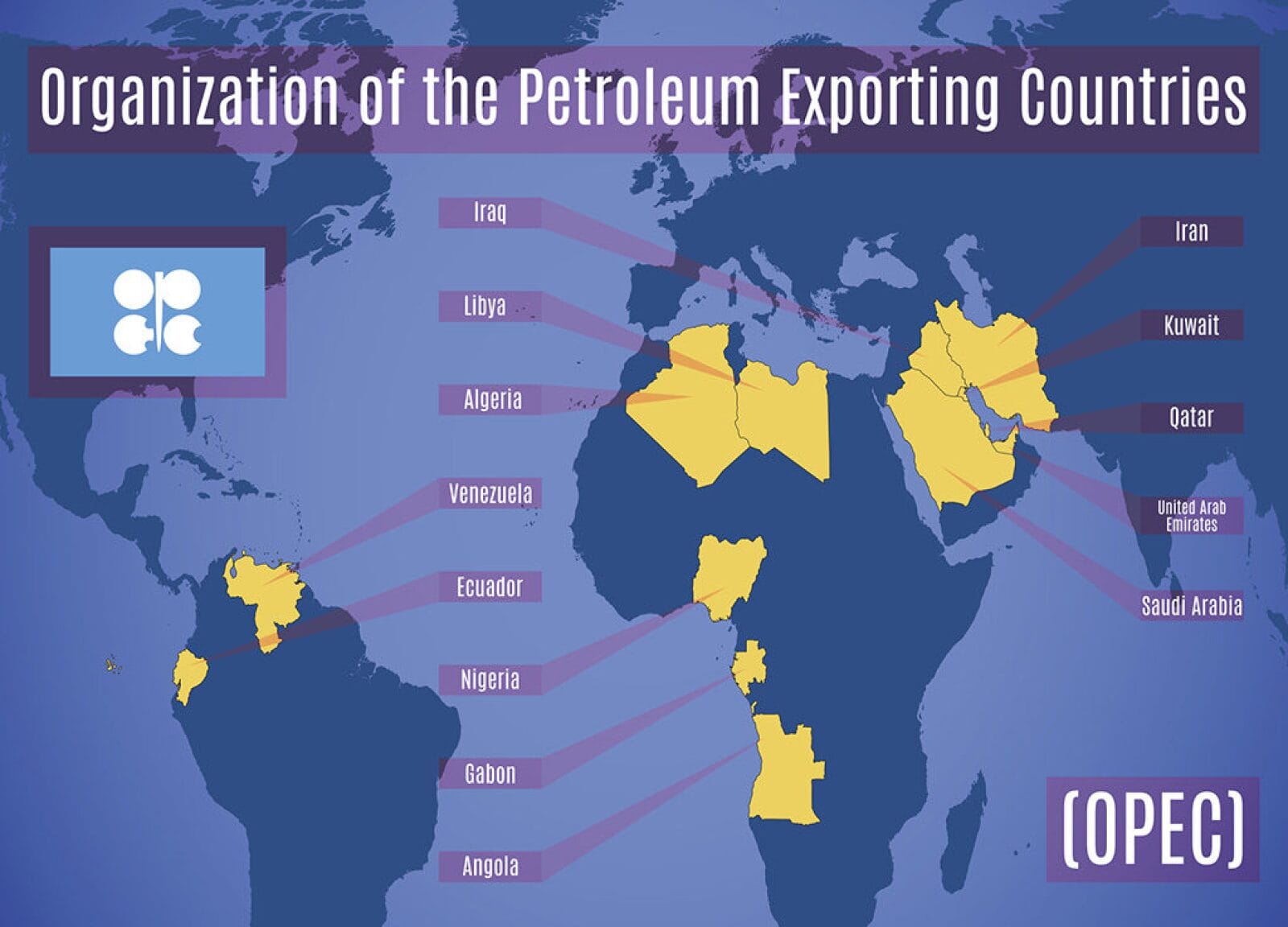Oil prices continued to hold losses on Thursday as the Organization of the Petroleum Exporting Countries (OPEC) revealed plans to reinstate additional crude oil barrels into the market beginning in April. This decision follows a period of production cuts aimed at stabilizing prices amid fluctuating global demand. West Texas Intermediate (WTI) crude fell by 1.5% to $76.20 a barrel, while Brent crude dropped 1.3% to $80.50 a barrel, reflecting market apprehension over the potential oversupply.
OPEC’s recent announcement comes in the wake of rising oil prices that had surged in early 2023 due to geopolitical tensions, particularly the ongoing conflict in Ukraine and sanctions on Russian oil. The cartel had previously implemented production cuts to support prices, but with signs of recovery in demand, particularly from China, OPEC is now adjusting its strategy.
Analysts suggest that the decision to increase supply could be a response to anticipated increases in demand as economies recover from the pandemic. China, the world’s largest oil importer, has shown signs of economic rebound, which could lead to higher consumption rates in the coming months.
Despite the planned increase in supply, some experts warn that the global oil market remains vulnerable to various factors, including potential economic slowdowns and shifts in consumer behavior. The International Energy Agency (IEA) has projected that global oil demand will rise by 2 million barrels per day in 2023, but uncertainties surrounding inflation and monetary policy could temper this growth.
In the wake of OPEC’s announcement, traders are closely monitoring the situation, with many speculating that oil prices could remain volatile in the short term. The market’s reaction to the news has underscored the delicate balance OPEC must maintain between ensuring adequate supply and supporting price stability.
As the April deadline approaches, stakeholders in the oil industry are gearing up for potential shifts in market dynamics. The return of these barrels could signal a new phase in global oil supply, with implications for both producers and consumers alike. Investors will be keeping a close eye on OPEC’s next moves, as well as broader economic indicators that could influence oil demand in the months ahead.
Sources: OPEC Monthly Oil Market Report, International Energy Agency, Bloomberg News.


